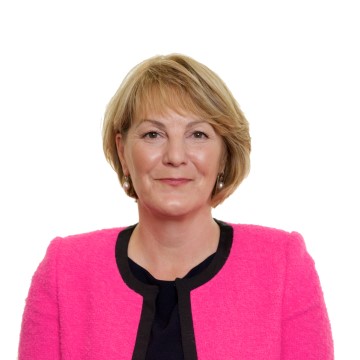27 January 2022
What are Freeports?
Freeports are essentially a new form of special economic zone (some readers may recall the Enterprise Zones of the 1980s). As the name suggests, they will be located around seaports or airports. As part of the government’s ‘levelling up’ agenda, a range of special tax rules are being introduced for businesses located in those areas, which are intended to encourage inward investment and lead to economic growth.
Where are they?
Following a competitive bidding process, the following areas were announced in March 2021 as prospective Freeport areas in England. The government has stated it is working with the devolved administrations to establish further Freeport areas in Scotland, Wales and Northern Ireland:
- East Midlands;
- Felixstowe and Harwich;
- Humber;
- Liverpool City Region;
- Plymouth and South Devon;
- Solent, including the ports of Southampton and Portsmouth;
- Thames;
- Teesside.
Teesside, Humber and Thames have already completed the necessary authorisation processes and are now designated as ‘Freeport tax sites’. The other prospective Freeport areas are expected to complete the process over the coming months.
What are the NIC reliefs available?
From 6 April 2022, employers operating in a Freeport tax site will pay zero per cent employer’s (secondary) Class 1 NIC on the earnings, within certain limits, of new employees who spend 60 per cent or more of their working time within a Freeport tax site (the ‘60 per cent rule’).
The zero per cent NIC rate can be applied on earnings of up to £25,000 a year from April 2022 for the first three years of employment.
The earnings that qualify for Freeports NIC relief will not be subject to the 1.25 per cent uplift in NIC rates effective from 6 April 2022, or the new Health and Social Care Levy, which takes effect from 6 April 2023.
Any earnings in excess of £25,000 will be subject to employer’s NIC and, in due course, the Health and Social Care Levy, as normal.
Based on the standard secondary NIC threshold for 2021/22 (£8,840 on an annualised basis), the employer’s NIC savings could therefore amount to almost £7,000 per employee over the three-year period.
Note that this is an employer-only incentive. Employees’ (primary) Class 1 NICs will remain payable in the normal way.
Administrative considerations
To apply the relief through the payroll, four new Freeport National Insurance category letters will be created:
F – standard category letter;
I – married women and widows entitled to pay reduced NICs;
S – employees over state pension age; and
L – employees who can defer paying primary NICs at 12 per cent and pay only 2 per cent because they have another job.
These category letters mirror existing categories A, B, C and J for employees that do not qualify for relief under the new rules. However, it is possible that an employee may use a NIC category other than A, B, C or J. In this case, employers will need to continue applying the normal NIC category and will have to claim the NIC relief by contacting HMRC at the end of the tax year.
The operation of the 60 per cent rule will need some thought, since it is theoretically possible for an employee to move in and out of the rules, based on the employee’s presence at the work site over time. Some form of tracking mechanism will therefore be needed, to monitor the employee’s time on site, ensuring that appropriate NIC is paid/ relief claimed. 60 per cent rule.
A further wrinkle is that specific roles may or may not qualify for the NIC relief. For example, those in external sales or driving jobs may not actually work on the Freeport site for at least 60 per cent of their working time, and so those roles will not qualify for the relief.
Special regulations will be introduced to ensure the relief will apply in respect of employees with certain protected characteristics (eg pregnancy or disability) who may be unable to spend 60 per cent of their working time at the site.
The relief is currently proposed to apply to new employments commencing up to 5 April 2026, though the government has indicated that this date may be extended to 5 April 2031.
Importantly, the relief will not be available if the new employee was previously employed by the employer, or another connected company, within two years from the date the new employment commences. This will need to be factored into recruitment and payroll onboarding processes.
Note that, while the Class 1 secondary NIC rate will be set at zero per cent, the earnings will still count towards the employer’s ‘pay-bill’ for Apprenticeship Levy and Employment Allowance purposes.
What should employers do now?
Businesses located in the Freeport areas, and those that may be considering investing in new premises in or around them, should get up to speed on the new arrangements and the reliefs available.
Employers should consider the roles in their organisation that could benefit from the new NIC relief, ie which roles will meet the relevant criteria, including the 60 per cent rule. Consideration should also be given to whether any changes to recruitment plans and processes are warranted to take advantage of the new reliefs for imminent recruits, and how the new rules might support mid- to long-term recruitment objectives.
From a practical standpoint, employers should ensure their frontline payroll, HR and finance teams are aware of the new rules and any impact on their day-to-day roles. Employers should also review their payroll systems and processes as soon as possible, to be sure that any NIC reliefs available can be identified and processed appropriately with effect from April 2022, while also providing for ongoing monitoring of the ‘60 per cent rule.’
For more information or if you have any queries, please contact Susan Ball.








